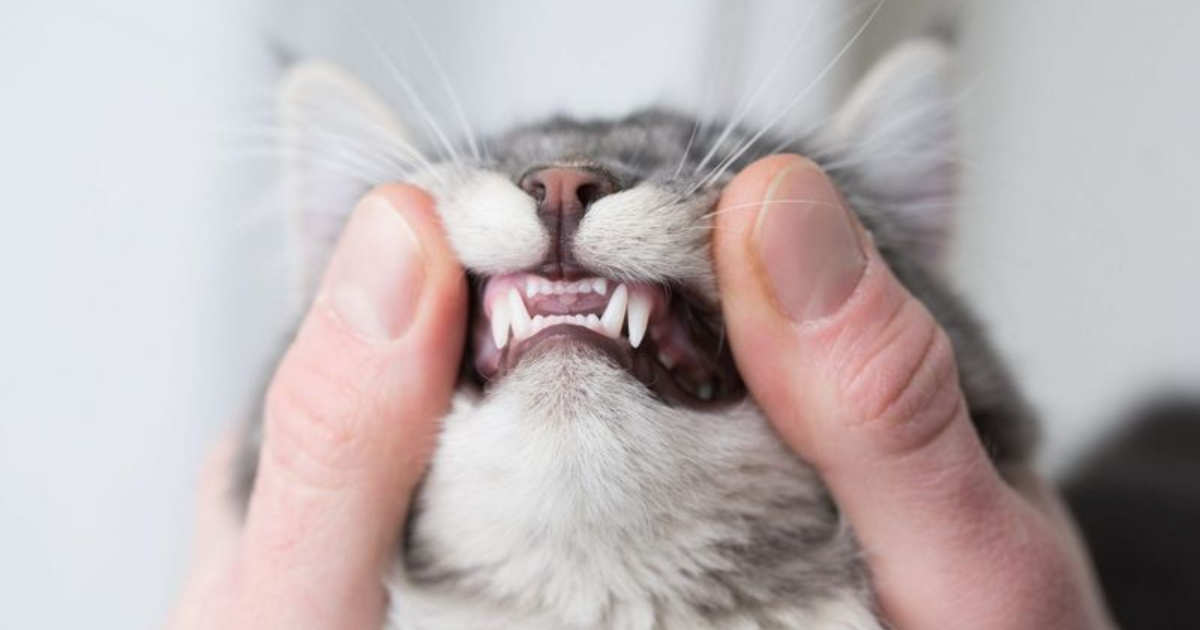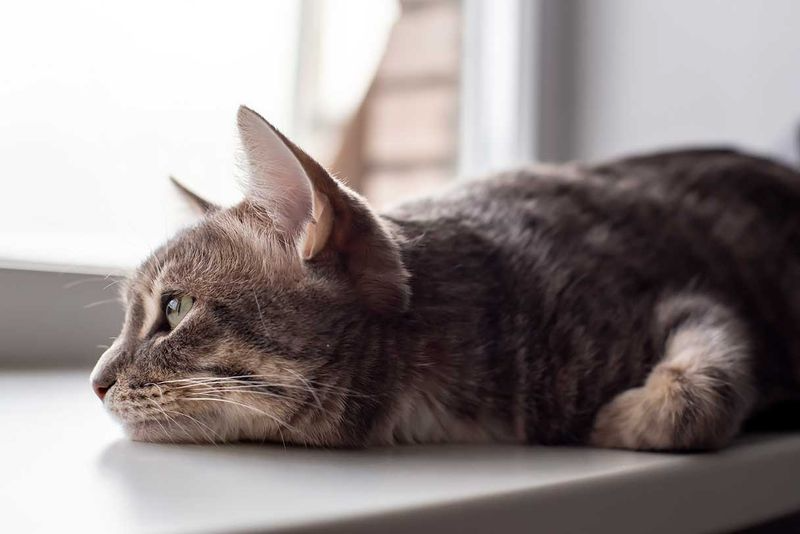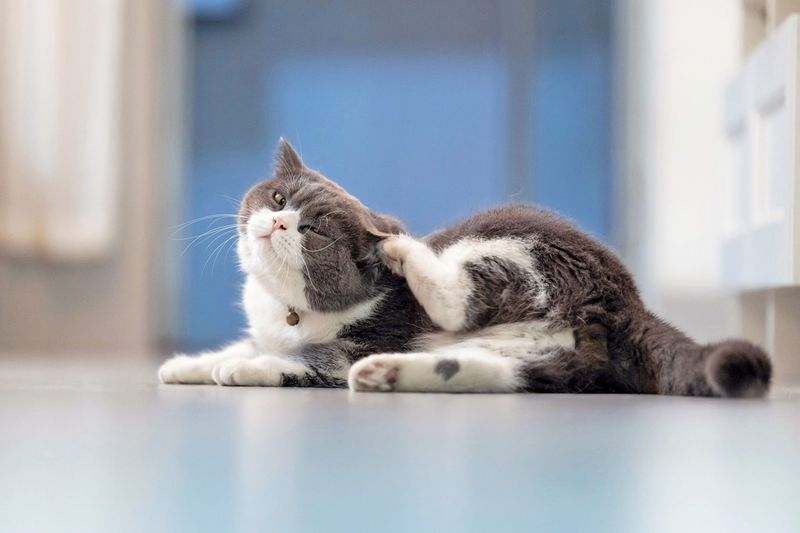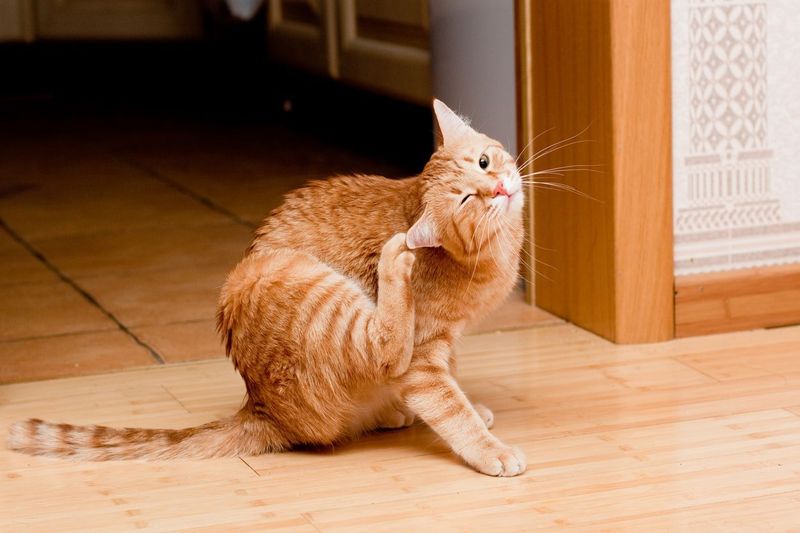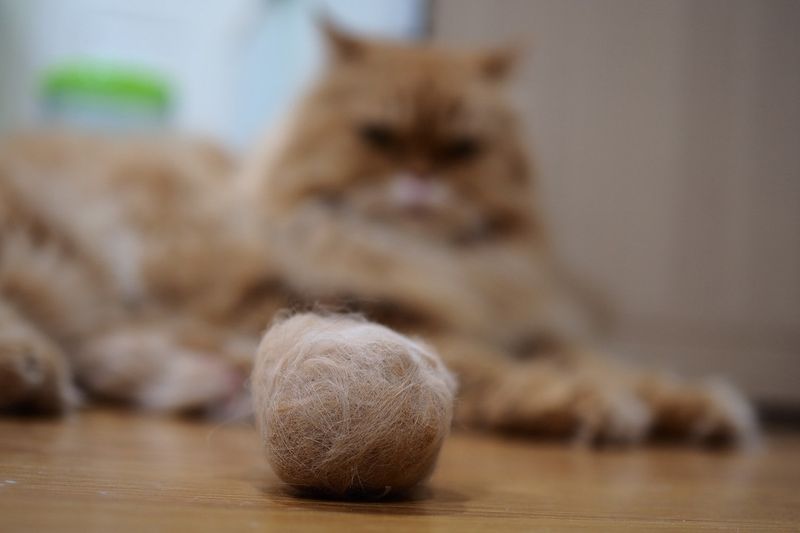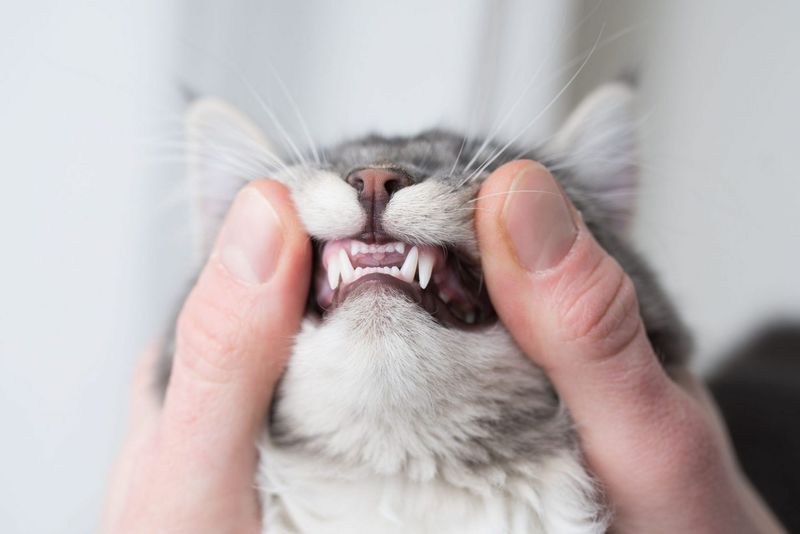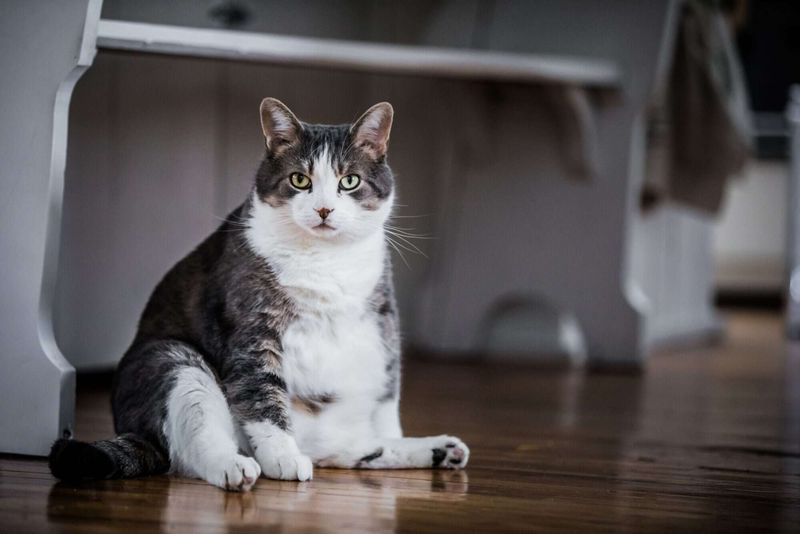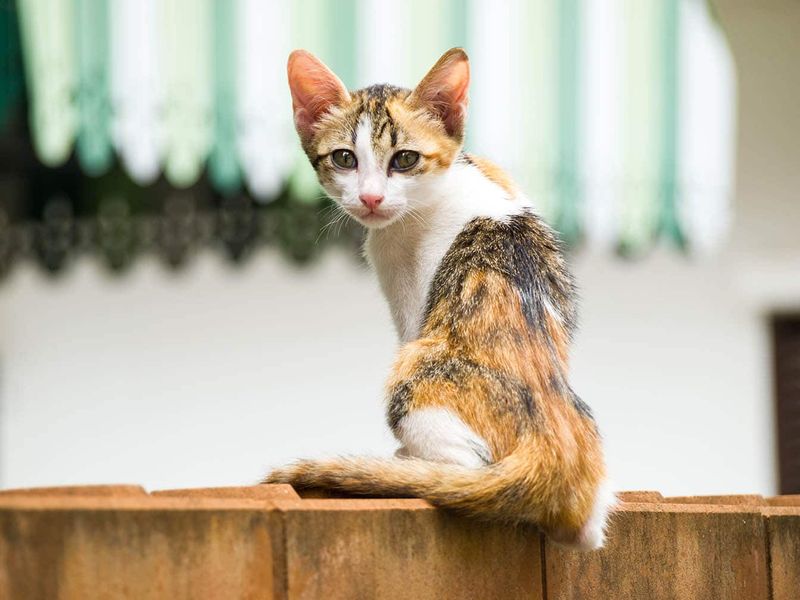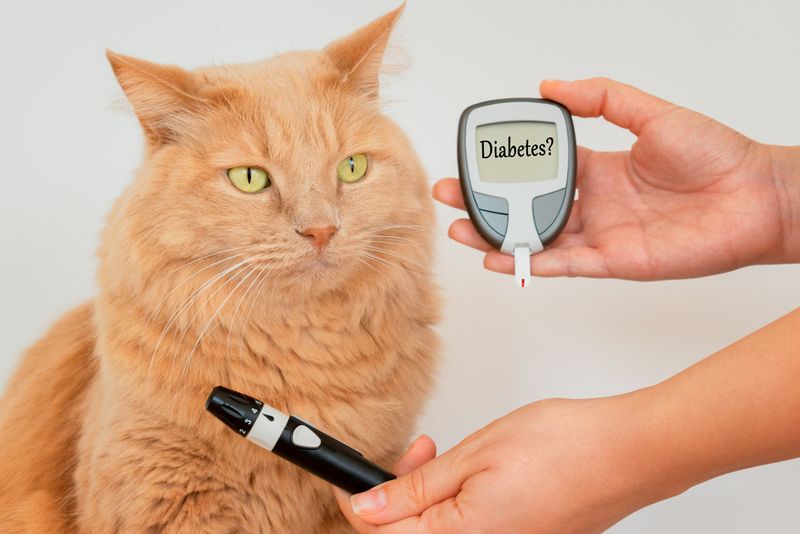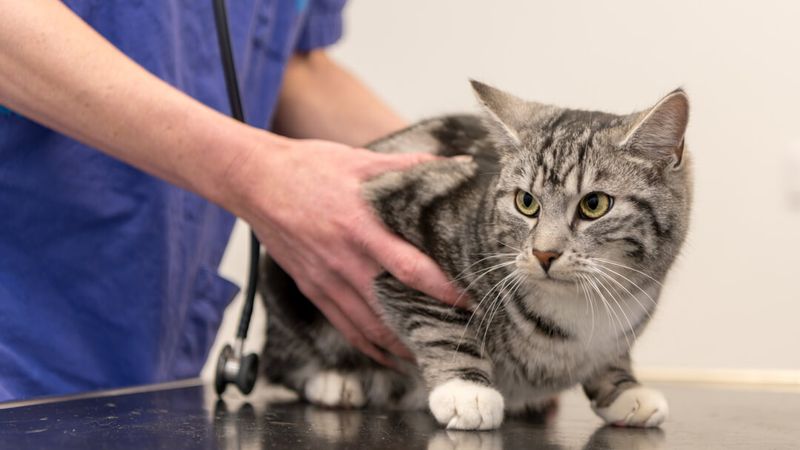📖 Table of Content:
Cats and kittens bring joy, companionship, and a sense of wonder into our lives. As loving pet owners, it’s our responsibility to ensure their health and happiness.
However, even the most attentive care can’t always prevent common medical issues that many felines face. From minor ailments to more serious conditions, understanding these problems is key to early detection and proper treatment.
Here, we’ll explore the 10 most common medical problems for cats and kittens, shedding light on their symptoms, causes, and what you can do to keep your furry friends thriving.
This guide will help you stay prepared and proactive when it comes to your pet’s well-being.
10. Feline Upper Respiratory Infections
Feline Upper Respiratory Infections (URIs) are akin to human colds, caused by viruses or bacteria. Common symptoms include sneezing, nasal congestion, and watery eyes. Kittens or cats may also lose their appetite, which can lead to dehydration and other complications.
It’s crucial to keep the infected cat isolated from other pets to prevent spreading. Increasing humidity in the home with a vaporizer can help ease their breathing.
While most URIs resolve on their own, severe cases might require veterinary intervention. Antibiotics or antivirals may be prescribed to combat the infection. Regular check-ups can help catch any underlying issues early, ensuring your pet stays healthy and happy.
9. Fleas and Ticks
Fleas and ticks are external parasites that can cause significant discomfort and health issues for cats. Common signs include excessive scratching, biting at the skin, and hair loss. These pests can also transmit diseases like Lyme disease or tapeworms.
Regular grooming and checking your cat’s fur can help identify an infestation early. There are numerous preventative treatments available, such as topical solutions or oral medications, which are effective in controlling these parasites.
Treating your home environment is equally important to prevent reinfestation. Washing your cat’s bedding and vacuuming regularly can help eliminate flea and tick eggs. Consult your vet for a suitable prevention plan tailored to your cat’s needs.
8. Ear Mites
Ear mites are tiny parasites that can infest a cat’s ear canal, leading to discomfort and potential infections. Cats with ear mites often scratch their ears excessively and shake their heads frequently. A dark, crumbly discharge may be present in the ears, resembling coffee grounds.
Early detection is vital to prevent more severe infections like bacterial or fungal. Cleaning the cat’s ears gently with a vet-recommended solution can help manage the issue.
Veterinary treatment usually involves ear drops designed to eliminate the mites and soothe irritation. Keeping your cat’s ears clean and regular vet check-ups can prevent future infestations.
7. Hairballs
Hairballs occur when cats groom themselves and ingest loose hair, which clumps into a ball in their stomach. While it’s a normal phenomenon, frequent hairballs can indicate excessive grooming or digestive issues.
Providing a diet high in fiber can help move ingested hair through the digestive system more efficiently. Regular grooming of your cat can also reduce the amount of hair they ingest.
If your cat frequently coughs up hairballs or appears to be in distress when doing so, a vet consultation is advisable. They can recommend specialized diets or treatments to aid in hairball prevention and ensure your cat’s digestive health remains optimal.
6. Dental Disease
Dental disease in cats is a common problem that often goes unnoticed until it becomes severe. Symptoms include bad breath, drooling, and difficulty eating. Plaque buildup can lead to gingivitis and, if untreated, tooth loss.
Regular dental hygiene is essential. Brushing your cat’s teeth with vet-approved toothpaste can prevent plaque formation. Additionally, dental treats and toys designed to clean teeth can be beneficial.
Routine veterinary dental check-ups are vital to catch issues early. In severe cases, professional cleaning might be necessary to maintain oral health and prevent serious complications that affect your cat’s overall health.
5. Obesity
Obesity in cats is a growing concern, mirroring trends seen in humans. Overweight cats are at a higher risk for diabetes, arthritis, and other health issues. Signs of obesity include an inability to feel the ribs and a noticeable lack of energy or reluctance to exercise.
Implementing a balanced diet and encouraging regular playtime are crucial steps in managing your cat’s weight. Portion control and choosing high-quality cat food can make a significant difference.
Regular vet visits to monitor weight and overall health are essential. Your vet might recommend a specific diet plan tailored to your cat’s needs to ensure they maintain a healthy weight and lifestyle.
4. Chronic Kidney Disease
Chronic Kidney Disease (CKD) is prevalent in older cats, leading to a gradual decline in kidney function. Symptoms include increased thirst, frequent urination, and weight loss. It’s a progressive condition that requires careful management.
Early detection through regular blood tests and urine analysis is key. Managing diet and ensuring your cat stays hydrated are pivotal in slowing disease progression.
Veterinarians may prescribe special diets low in phosphorus and protein to ease kidney workload. Monitoring your cat’s condition closely and ensuring they receive regular veterinary care can improve their quality of life and prolong their lifespan.
3. Urinary Tract Infections (UTIs)
Cats with UTIs often exhibit frequent urination, straining, or even blood in the urine. These infections can cause discomfort, and if left untreated, may lead to kidney issues.
A change in litter box habits is often the first sign for many cat owners. It’s essential to consult your vet promptly if you suspect a UTI.
Treatment typically involves antibiotics and increased water intake. Keeping your cat hydrated can mitigate risks, and a balanced diet helps prevent recurrence. Regular vet check-ups ensure early detection, protecting your cat’s urinary health.
2. Diabetes Mellitus
As obesity and inactivity rise, diabetes has become more common in cats. Symptoms often include increased thirst, frequent urination, and unexplained weight loss, even with a normal appetite.
Managing diabetes requires a partnership between you and your vet. Treatment often involves a combination of insulin therapy, diet changes, and regular monitoring of blood glucose levels.
A high-protein, low-carbohydrate diet is usually recommended. Consistency in feeding times is crucial to maintain stable glucose levels. With proper care, your cat can live a full and active life.
1. Hyperthyroidism
Hyperthyroidism is prevalent in older cats and is characterized by an overactive thyroid gland. Symptoms include increased appetite, weight loss, and hyperactivity.
Affected cats may also have a noticeable increase in heart rate and may drink more water. The condition is diagnosed through blood tests and is treatable.
Options include medication, dietary changes, or even surgery. Regular vet visits ensure effective management of the condition. With treatment, cats can enjoy a better quality of life, maintaining their playful nature.
